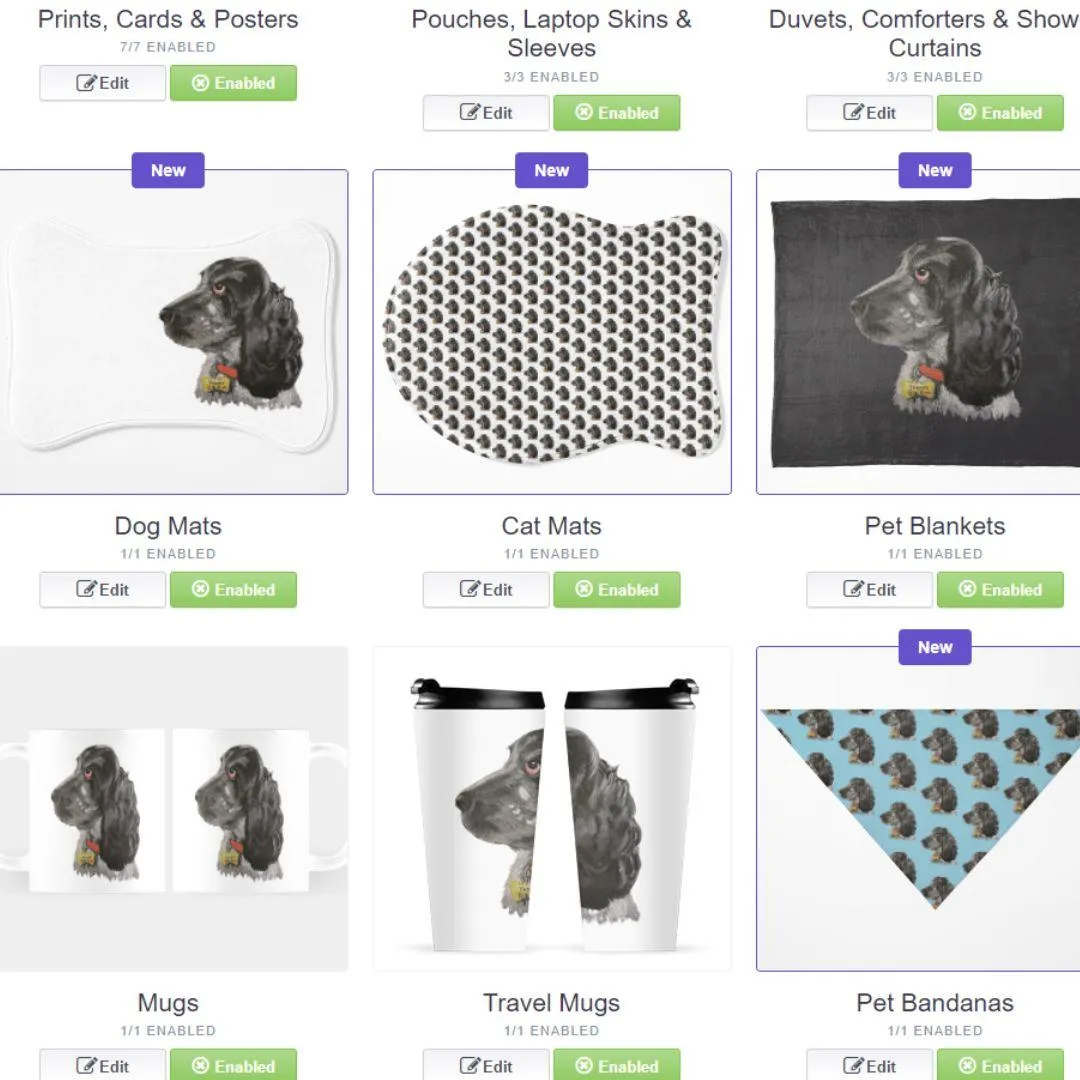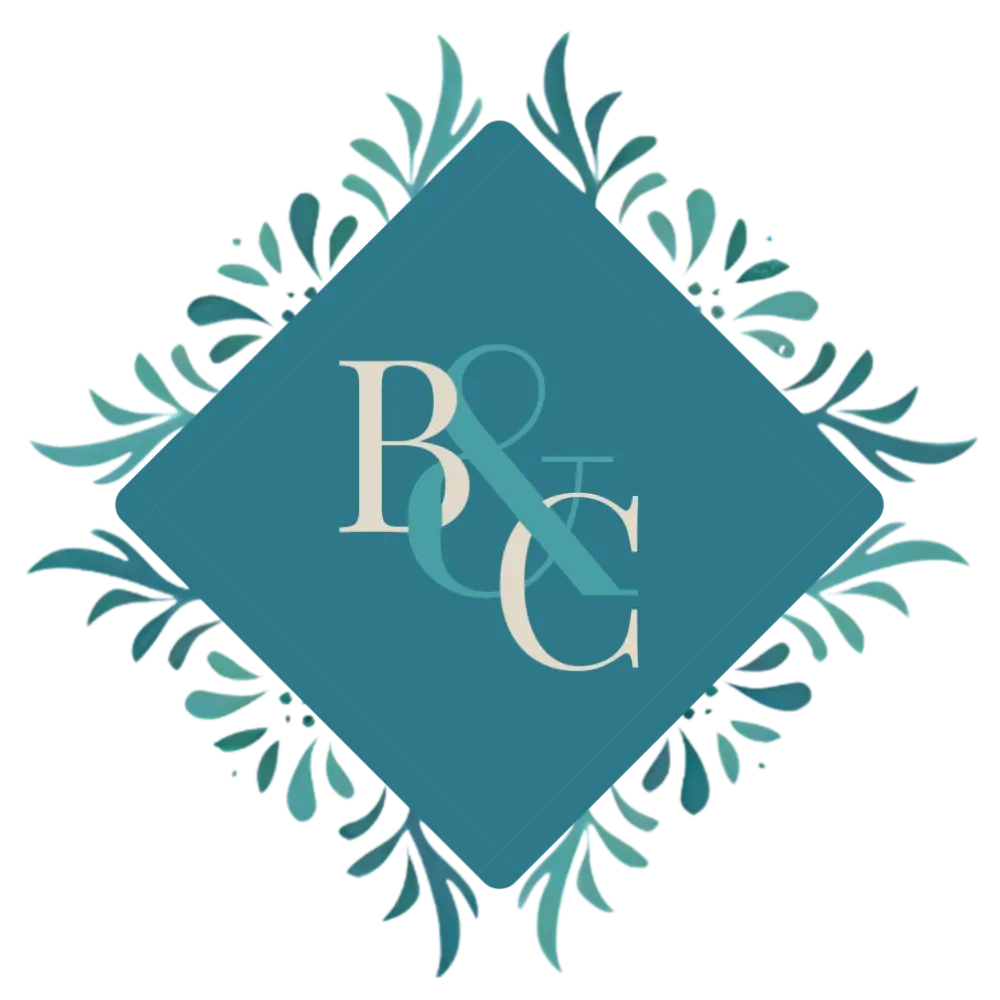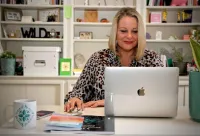Blog

POD Platforms and Integrations: What's the Difference?
A very good place to start...
My favourite print on demand platform for beginners is Redbubble, though before we go there let me just explain what I mean by a POD PLATFORM.
In POD, we have two distinct kinds of suppliers, so two ways to do it. We can use PLATFORMS or INTEGRATIONS. I call integrations PROVIDERS because that's what they do, they provide the fulfilment function but not the place to sell the products on. Plus, who doesn't love a bit of alliteration?
A platform, on the other hand, gives us a marketplace. We upload our designs onto our choice from their range of blank products. They display them alongside all of the other sellers' products.
With Platforms:
✅Customers go there on the hunt to buy something - they are already in a 'buying mindset'.
✅It's super-quick (once you get the hang of it!) to add products across lots of different products at once.
✅The platform handles everything for you, even any returns.
✅Most platforms have no fees (or take a percentage of your royalties as fees) so you NEVER have to pay out any money at all.
✅All it costs you is your time, and once your products are on they are available for people to buy, unless you decide to remove them. Which means you get royalties coming in with no further work from you.
✅The platform does all the promotion, though of course you can still share your products on social media, etc (remember to put links so people can reach your products to buy them!)
❎While it's great that your products are listed in a marketplace, it means that potential customers can also see your competitors' versions.
❎You never get to see or use any of the customer data. The customers are the platform's customers, not yours. You often see which country they are from and will see what they have purchased, but that is all.
❎You have less control generally, so for example if you wanted to reach out to a customer for any reason, perhaps to offer a special birthday offer, you are unable to do that.
❎While you can set your product prices on most platforms, you are effectively limited by what other sellers on the platform are charging, as your potential customers will see a grid of thumbnail images showing all the prices alongside each other.
✅❎Platforms are a 'level playing field'. Every seller is putting their designs on the same blank products. No one can say "this hoodie is better quality than that one" because it's only the designs themselves that are unique. This is both a benefit and a drawback.
With Providers:
✅You link the provider with your own website (eg, Shopify, LaunchCart) or a third party marketplace (Etsy, ebay). You only have to do this once, at the setting-up stage.
✅You receive the customer's details when they buy, which you then can use for customer service and marketing.
✅You have more control over your listings... prices, appearance, etc.
✅If it's your own website, customers don't see competitors' products. ❎With third party marketplaces, they still do.
✅You have far more choice of products and their variations.
✅You can integrate more than one supplier, giving you access to even more products and more unusual things to offer, such as jewellery or metal wall signs.
❎If integrating with your own e-commerce website, it's down to you to do the marketing and promotion.
❎When a customer purchases, you have to pay for the order fulfilment immediately, and you receive the customer's payment in full. This means you have to make sure you are charging enough for your products to make a profit. It also means that, because of payment gateways such as Stripe taking a few days to pay out, you will be out of pocket until the payment comes through.
❎The buck stops with you! Whereas a platform will keep an eye on your listings, a provider won't. You have to make sure you're not trying to sell anything that infringes on copyright or trademark, for example. (Don't panic - this is all stuff I can help you with!)
❎Customer service is down to you. Yes, another one that's a blessing and a curse! It's up to you to keep on top of what's going on.
❎Listings on third party marketplaces like Etsy are charged a fee. Website hosting companies like Shopify and LaunchCart have monthly hosting fees. Thus, you need to be making a certain amount of sales to break even, which you might not at the beginning of your POD journey.
❎Getting set up initially is not as straightforward or instant as the platforms.
There IS a third choice, one which is something of a hybrid between platforms and providers, but this is already something of a novel, so I'll tell you about that another day. In fact, this blog post is almost long enough for me to put onto Amazon Kindle Direct Publishing - which is also a form of POD! I'll save that for another day too!
🦉There's a lot of information to read above, but hopefully you can see why starting with print on demand on a PLATFORM is going to be the easiest option for you.
Image: a snapshot of part of the Redbubble upload page. Yes, a bit mean of me to put lots of tiny dog heads on a cat mat, I grant you!
© 2024 Branded & Covered. All Rights Reserved.


Facebook
Instagram
LinkedIn
Youtube
TikTok